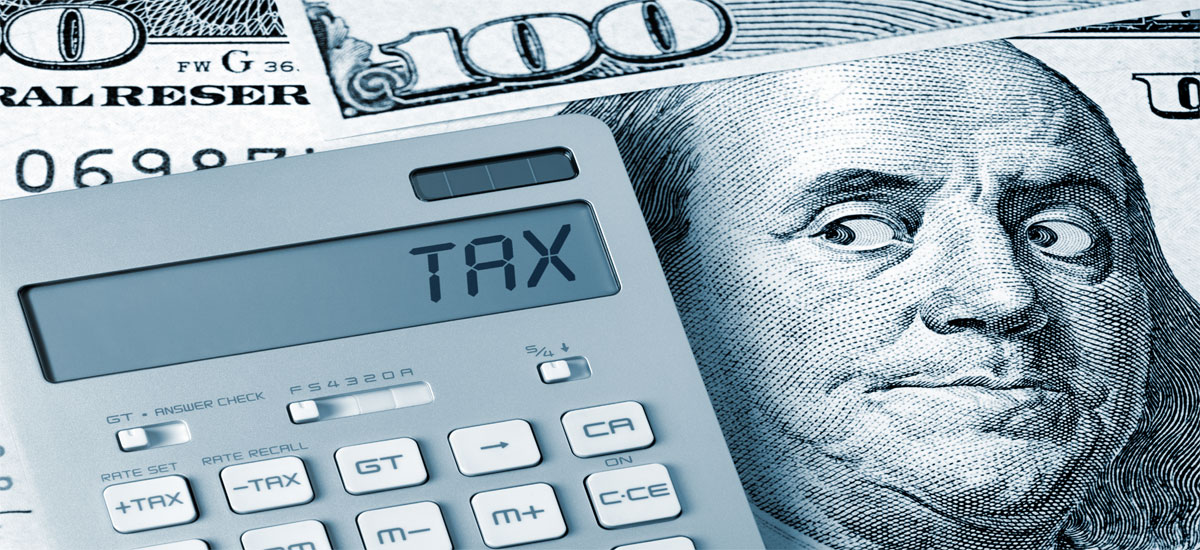
Posted on 2023-02-27 01:10:40 | by Admin
Cost analysis and cost components
Cost analysis is one of the most essential accounting concepts to increase the profitability of a business with limited resources. The production of any item is comprised of different activity levels that combine and produce a final cost of the finished goods. Production of goods require the performance of different process activities. These process activities incur costs and some costs may be controllable in nature and some costs may not be. Hence, there is a need to carry out a detailed analysis of the cost incurred in manufacturing or provision of the services.
In a trading business manufacturing costs are eliminated. Usually in trading they may have a large number of inventory items to manage which involves managing the inventory procurement costs, spoilage costs, distribution costs, generally they also large amount of distribution and marketing costs.
Retail industry is the place where the consumer meet with the products. Generally, they have large number of items in inventory and costs of inventory pay a big role in their profitability.
Service industry generally do not deal with inventory. They usually focus on the costs related to administration, travelling, and marketing.
Instead of analyzing costs only as per the costs categories, you can add a different strategy in your costs analysis. There are different types of costs that include variable cost, fixed cost, relevant cost, irrelevant cost, standard cost, and marginal cost, etc. Let’s understand the concept of each cost and how it can be further looked into.
Variable cost
Variable costs directly change with the change in the level of production or sale of product or service. That’s usually the direct cost of making or buying finished goods or service time and can only be controlled if the cost of the component or the process cost is decreased. For instance, an alternate supplier might provide the same quality of the material at a low price or the business may get a discount on purchasing material in bulk termed as economies of scale, or implementing EOQ and more advanced now a days is JIT (just in time).
Fixed cost
There are some costs of a product or service or in general in business that do not change directly with the change of production level or sales level. These costs remain the same in total irrespective of the production or selling efficiency. However, the cost to be allocated per unit or per hour changes with the change in the level of production or sales. For instance, if a greater number of finished goods are produced the cost per unit will decline and vice versa, however, there must be some threshold in the level of production considering the cost of the period. One the most important method of analyzing your fixed costs is BEP (Break Even Point) analysis. Further more you can look into purely fixed costs and semi-variable costs.
Relevant and irrelevant cost
Relevant costs and irrelevant costs are the conceptual costs that help the managers in making decisions about the business activities to continue in-house production or outsource and many other operational and strategic decisions. The cost is relevant if it increased by making a decision and is included as the cost of choosing an option while irrelevant cost is not considered as a cost of choosing sunk cost. The logic of ignoring sunk cost in the process of decision-making is lost control of the business to control the cost that has been incurred already.
Standard cost and actual cost
Standard cost is the budgeted cost that is expected to be incurred considering some specific (budgeted) level of activity. It includes budgeted costs from different departments/activities/processes involved in the production or purchase of the finished goods or time spent in providing the service. The expectation of the cost can be developed by analyzing the market trends and market research. However, there might be a difference in the cost of production when the production is completed, the cost that has been actually incurred in the process of manufacturing is called actual cost.
The actual cost can be controlled with economies of scale, increased efficiency of the production and process, and decrease in idle time, choosing the place of production or outsource with a lower cost of operations, adopting the no-frill policy, and controlling production wastage.
Marginal cost
The marginal cost is the cost of producing an additional unit in the process of output. This cost is calculated by dividing the change in the cost of production by the change in the quantity of production. The concept of marginal cost helps in achievement of the economies of scale. For instance, if the cost of producing a marginal unit is CAD 30 and the current cost per unit is 30.2 CAD, the business may decide to uplift the production and achieve the benefit of bulk production. On the contrary, if the marginal cost is higher than the current cost of production, the business may compromise on profitability by producing more units.
Understanding the basic cost concepts is important to control the cost and increase profitability in a world full of competition where it's often difficult to increase the prices. Hence, control of the cost without compromise on the quality of the product remains the best way to design effective production plans and increase the profitability of the business.



